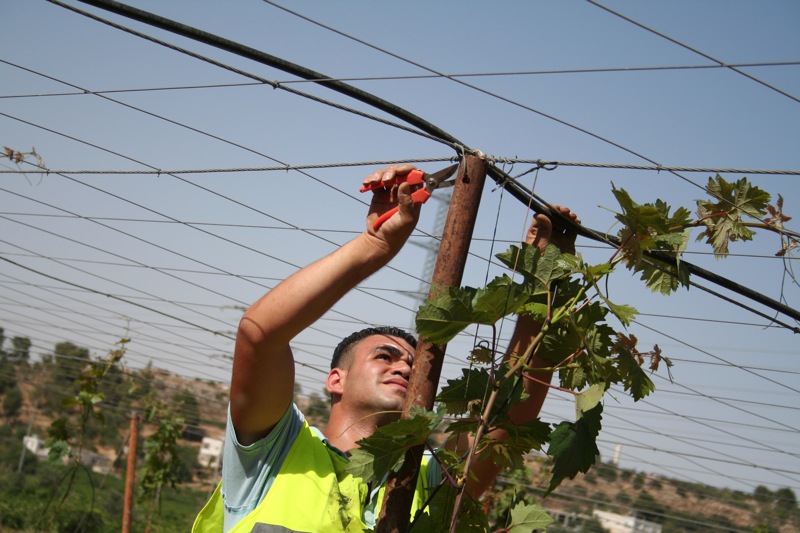Tag: Video
-
Two dead and four children injured in Israeli nail bomb attack in Beit Hanoun, Gaza
By ISM Gaza | 22 July 2010 “She came in through and it wasn’t clear she was injured. Suddenly a lot of blood came from her nose and she vomited. All of the family saw this – her little brothers were very scared. She had just been playing in the front of the house.” This…
-
Operation Dove: Armed Israeli settlers steal a sheep from a Palestinian shepherd
Operation Dove At-Tuwani – South Hebron Hills: Yesterday, on Wednesday, 21st of July 2010, three settlers, one of them armed, stole a sheep from a young Palestinian shepherd, a resident of the village of Tuba, while he was watering the flocks at a well situated in Umm Zeitouna valley, which is located between the Israeli…
-
CPT: Israeli Border Police Demolish Water Infrastructure in Al Baqa’a Valley
Christian Peacemaker Team – Hebron For the third time in 12 days, Israeli Border Police carried out demolitions in Al Baqa’a valley, a fertile farming area northeast of Hebron, along route 60. On July 19, the Israeli Border Police, with the assistance of hired laborers using heavy machinery, destroyed a cistern and removed irrigation pipes…

